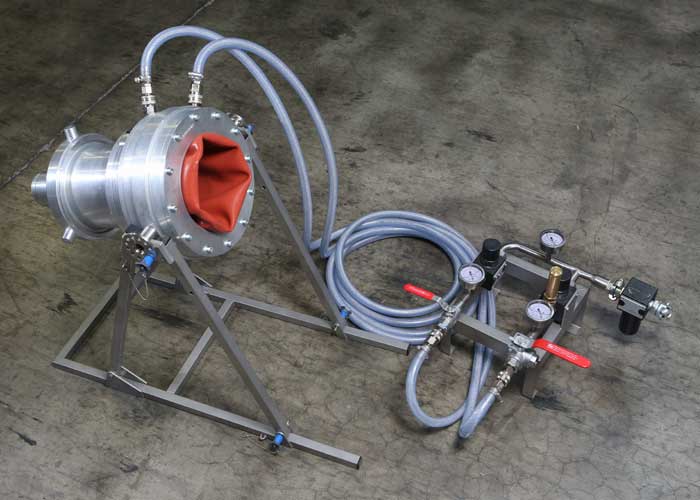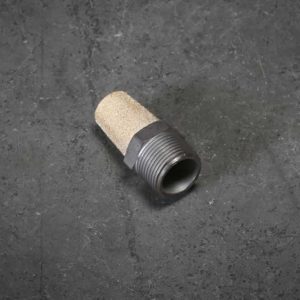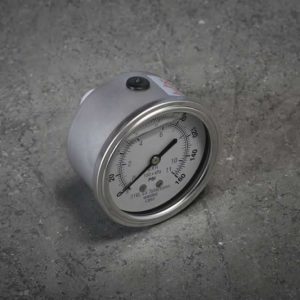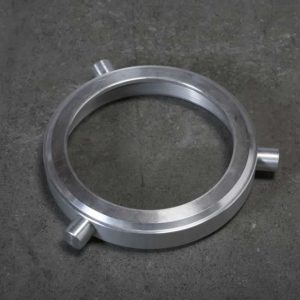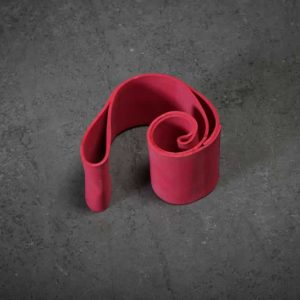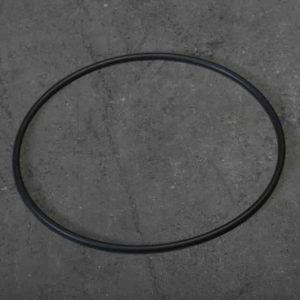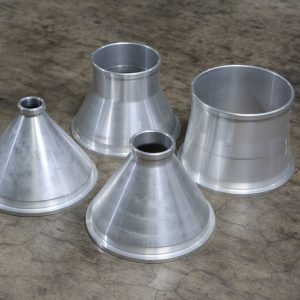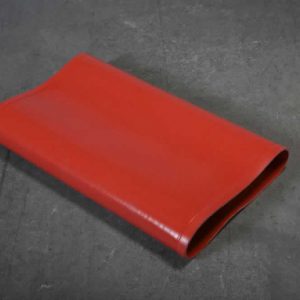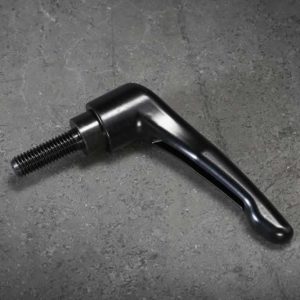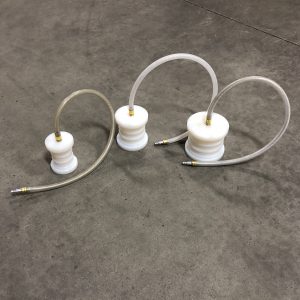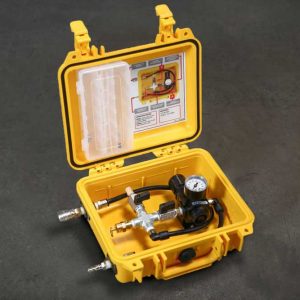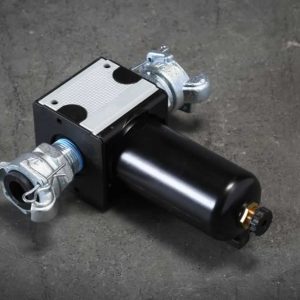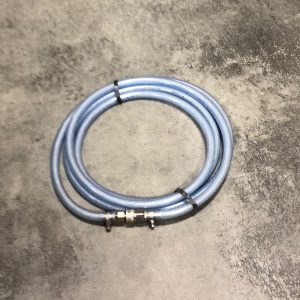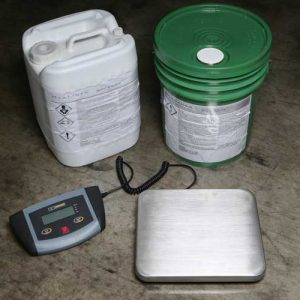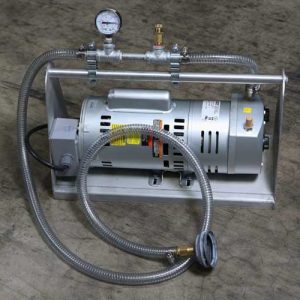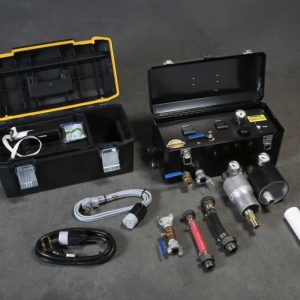MaxLiner CIPP LinerGun in Action – Operational Tip!
Business: McDonalds Restaurant
Project: 125′ x 4″ pipe in need of rehabilitation, using an 185 CFM compressor
The Team: Pipe Lining Supply Trainer and Customer
Training: Maxliner USA is the source for technical support for its customers’ pipe lining needs. Example detailed here of how training helped a new customer of the Max LinerGun become more productive while safely operating their inversion unit, using an alternative method.
Our customer rented a 185 CFM compressor for dual-purpose; to efficiently jackhammer a section of pavement in order to gain access to the pipe being lined, and to quickly supply the air volume needed to invert the long liner. As a side note, virtually every rental yard offers a 185 CFM unit. This lowers the initial equipment investment for start-up lining services.
During initial training, the first few handfuls of materials were inserted into the open bladder of the MaxLiner Gun as per instructions. The bladder was closed, air valve opened, then 5′ of liner was placed inside the LinerGun and shot. After the fourth operation of opening the bladder, inserting liner, closing the bladder, then opening the air to shoot the 5′, then turning off the air and opening the bladder, we suggested that since they were using a 185 CFM compressor, air volume was not an issue. Testing our theory, we opened the bladder and turned on the air valve, leaving it open with air continuously running. Taking a section of liner, the trainer put his arm and liner into the gun and closed the bladder so that it sealed lightly around his arm – with enough pressure to seal, but soft enough that he could remove his arm with ease. Letting go of the liner with his arm still in place, the liner obliged by shooting down the line. Pulling his arm out, he added more liner, pushing it through the bladder and into the Liner Gun. Again, he released it and away it went, proving that this would work in the field. The next day’s project was outlined to invert the liner using this method.
On the Job Site: The team arrived by 7:00 AM at McDonalds. The franchisee closed the restaurant until 4pm, in order to give the crew time to complete the project. The owner hoped they would be able to open for dinner so as not to have to write off an entire day of revenue.
The line had been cleaned a few days prior, so, most of the line was clean before the team showed up. Cleaning a line is the hardest part and this was no different, it had taken a day and a half. The prep work allowed the team to be ready by 8:15 AM to mix resin. The line was inspected and measured, the liner and calibration tube cut to length, the resins were weighed and the MaxLiner Gun and was in place, ready to go.
Because of the length of the liner, 60-minute Pot Life Epoxy resin was used. The time clock starts as soon as mixing began. A production line to vacuum was set up, the tube was calibrated and immediately loaded into the pipe liner gun in a continuous process rather than completely wet-out, then shoot. The first 5′ was in the ground by 8:30 AM. By 8:45 AM the first 62′ was in the ground and by 8:50am the team was ready to invert the calibration tube. At 9:10 AM the calibration tube was in and the line was being filled with water for curing. At 9:20 AM the boiler was fired to cure the liner and clean up began.
When the McDonald’s manager asked the team if they were on schedule to finish by 4 PM, the answer floored him – he could open for lunch and now had to scramble to round up the staff.
At 10:45 AM the calibration tube was removed and the crew started to reinstall the clean-out that was removed for ease of lining. By 11 AM the job was completely finished! The restaurant was scurried to get ready for a 12 PM opening. Everyone was happy and the innovation of using the capacity of the 185 CFM compressor to complete the job earlier than expected made the day.

